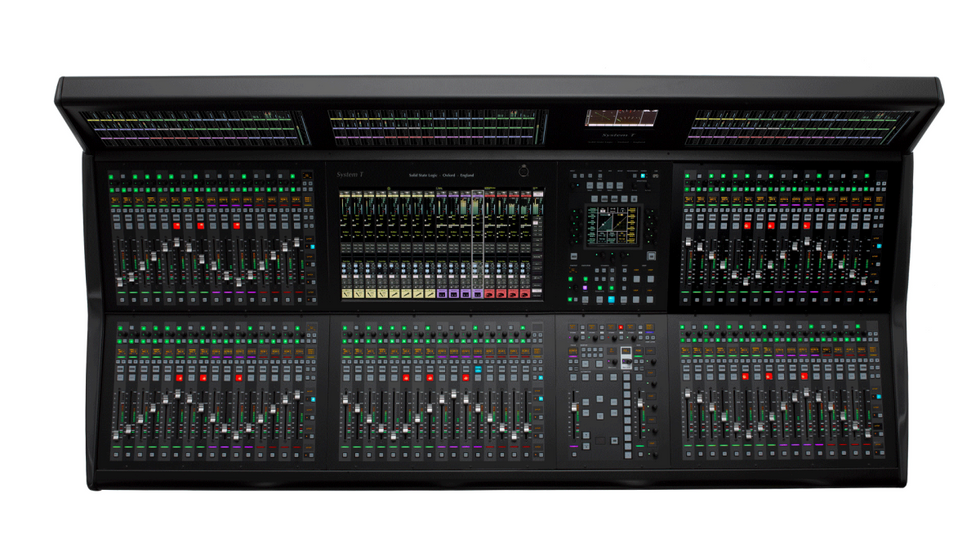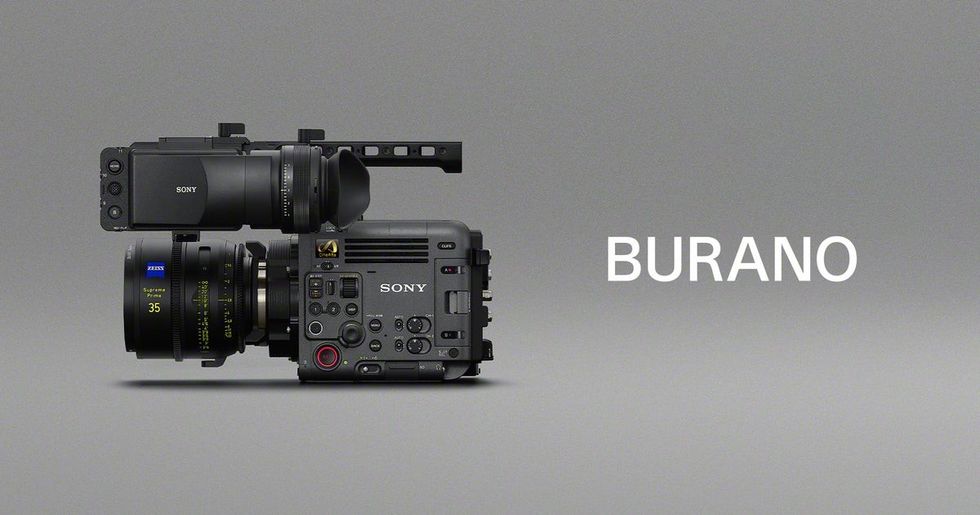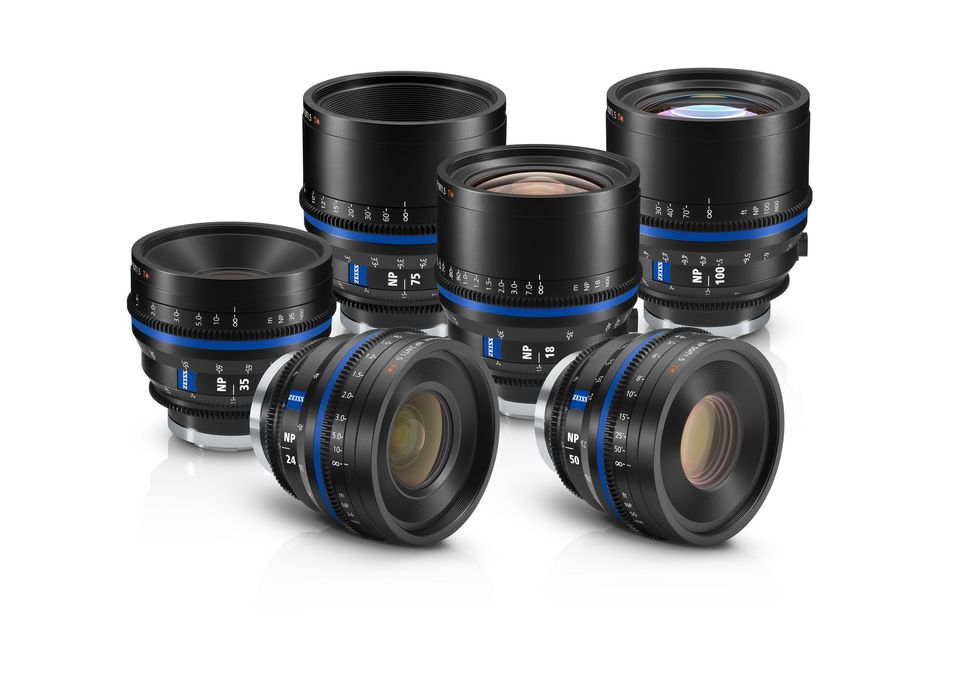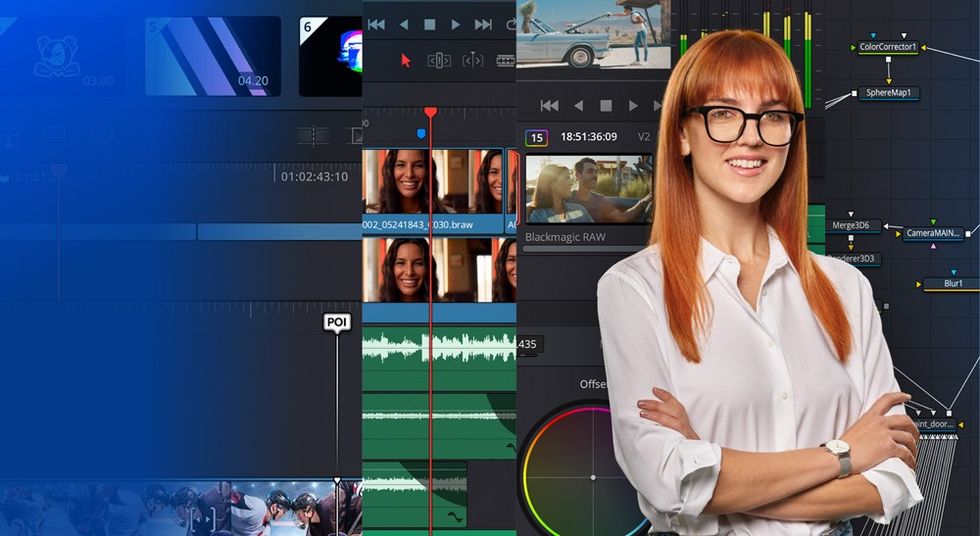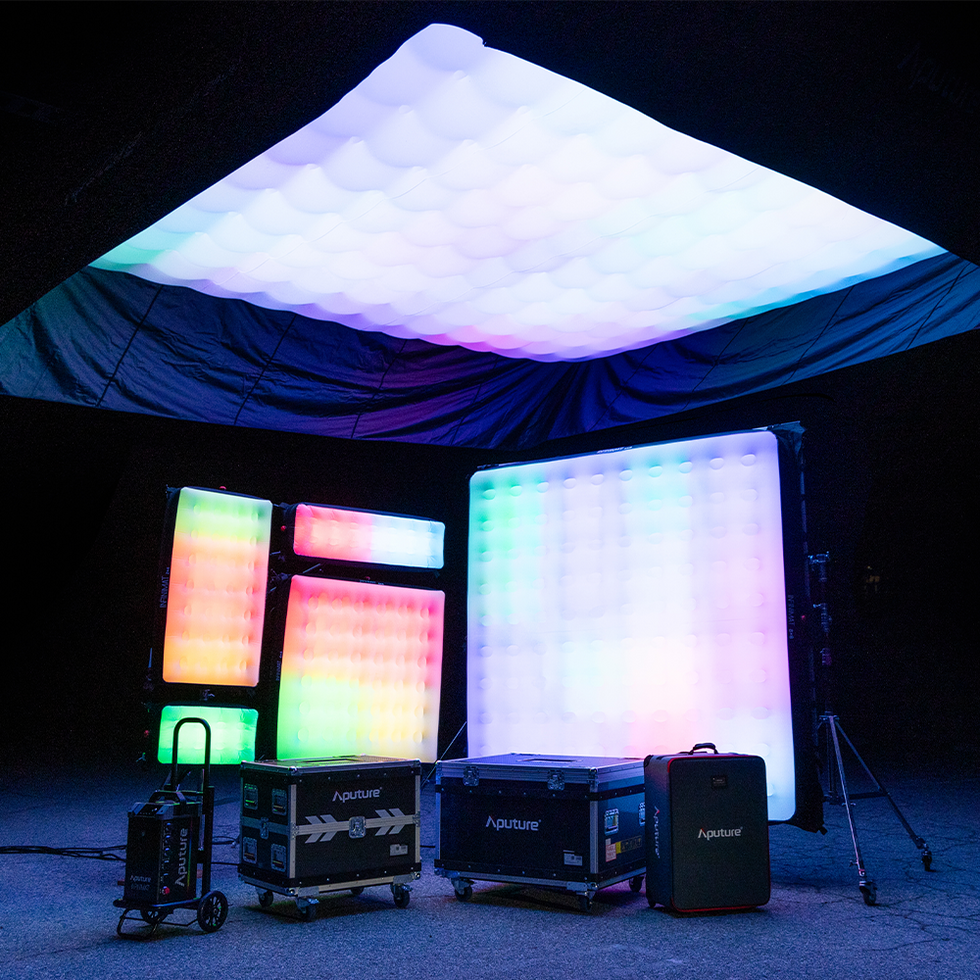Watch: Why 'The Thing' is One of the Greatest Horror Movies of All Time
Hint: it's not the practical effects.
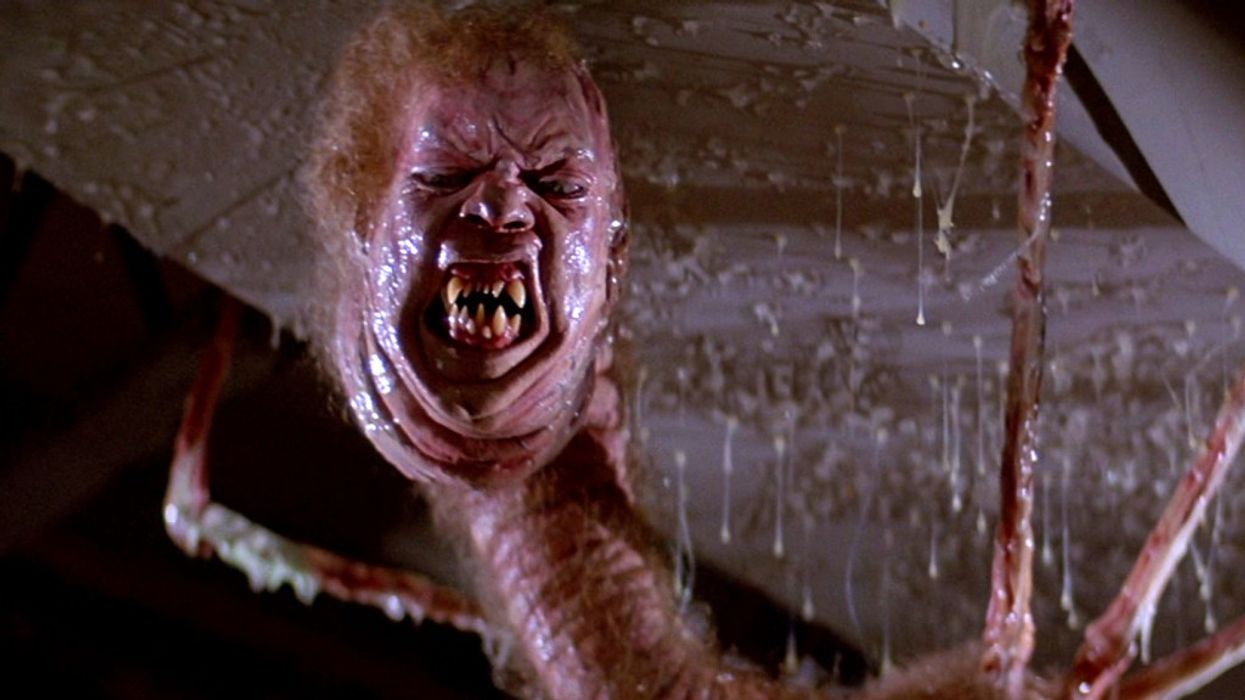
Up there with the likes of George Romero, Dario Argento, and Wes Craven, John Carpenter truly has a place solidified among the gods of horror filmmaking. While his most popular entry into the genre is the slasher genre defining Halloween, it's Carpenter's 1981 classic The Thing that is his most terrifying.
The film, though initially somewhat of a box office failure, gained notoriety for its incredible practical effects. Practical effects maven Rob Bottin's design for the alien, parasitic, creature which sparks terror among the ranks of an isolated research station somewhere in the Arctic, remains iconic even today.

What makes the film so scary, however, is not the creature but the inherent paranoia all of the characters feel upon its introduction. Essentially, "the thing" has the ability to shape shift into any living life form, which means any member of the crew could be something other than who he seems at any given time. Add that paranoia into an isolated environment that has made them stir crazy in its tedium, and human nature takes its course.
The team's base in the Arctic is hundreds of thousands of miles away from anyone else. As Ryan Hollinger describes in his video essay below, “they’re bored, frustrated, cynical and have been isolated in this frozen wilderness with the same group of people for quite some time just waiting for something or someone to literally or figuratively explode.”
In focusing on the human drama within the group, rather than having the creature out in the open stalking them, Carpenter makes a decision that heightens the stakes above that of a normal horror movie. Before the antagonist is even shown, tensions are strained among the group. "The thing's" appearance further heightens an already heightened tension.
Paranoia leads to increased hostility as each man suspects the other of being an alien shapeshifter out for blood.
Once the creature does appear, instead of working together, the men’s feelings towards each other cause them to suspect foul play. Paranoia leads to increased hostility as each man suspects the other of being an alien shapeshifter out for blood. It's the emotion behind the event that makes the whole film brim with unbearable tension. Emotion takes center stage to the action.
The characters are all so fully realized and well acted that it's easy for the audience to suspend their disbelief and actually feel like they’re a part of the hunt themselves. They are engaged in the story almost immediately and are strapped in for the ride.
It’s said that the actors got along incredibly well both off screen and professionally, so the performances felt more sincere. Just like the characters they were playing, these guys knew everything about each other and were struggling through some pretty grueling conditions during the filming, so it was easy for them to fall into building truthful relationships on screen.
While we may feel as if we’re one of the band of researchers while watching the film, we also have an added bonus in that we are able to see the story unfold quicker than its characters in real time. We are privy to certain details that make us fear for them, a tactic that the filmmaker uses often.
Essentially, Carpenter is employing visual strategies that enhance the feelings of the characters in the audience. His shots are disorienting, paranoia inducing; no one knows who "the thing" actually is. Hollinger's appreciation for the film is best summed up in his statement, “The beauty of The Thing is that it exemplifies how rich and enticing knowing very little can be to the benefit of the story. It’s a film where you learn a lot with the characters through theorizing and contextualizing without the necessity of exposition that draws you away from the emotional impact it hits you with.”
Source: Ryan Hollinger

